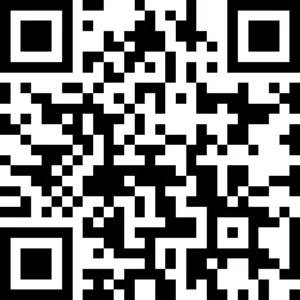What are the symptoms of burns and scalds?
The symptoms depend on the severity of the burn or scald. Common symptoms include:
- Pain in the affected area
- Redness or swelling
- Blisters on the skin
- Peeling skin
- In more severe cases, the skin may look charred or white
What causes burns and scalds?
Burns and scalds can be caused by:
- Hot liquids, like boiling water
- Direct contact with fire or flames
- Hot surfaces, such as stoves or irons
- Chemicals that can damage the skin
- Electricity from power sources
How common are burns and scalds?
Burns and scalds are fairly common injuries. They can happen to anyone, but children and older adults are often at higher risk due to their sensitive skin and mobility issues.
Who is more likely to get a burn or scald?
Certain groups of people may be more susceptible to burns and scalds, including:
- Children, especially under five years old
- Older adults, who may have thinner skin
- People who work in jobs with high heat exposure
- Individuals with mobility challenges
How can I treat burns and scalds?
Most minor burns and scalds can be treated at home:
- Cool the burn with running cold water for 10 to 20 minutes
- Cover the burn with a clean, non-stick dressing
- Take pain relief medication, like paracetamol, if needed
- Do not apply ice, butter, or ointments
Powered by pharmacies
With over 1,700 pharmacy partners across the UK, you can get the help you need, wherever you are based.
Our website and mobile app make it easy and convenient to manage your health needs and book services at a pharmacy nearby.
How to prevent burns and scalds?
To help prevent burns and scalds, you can:
- Keep hot liquids away from edges of tables and counters
- Use oven mitts when handling hot items
- Ensure children are supervised in kitchens and around heaters
- Install smoke detectors in your home
How to live with burns and scalds?
If you have a burn that takes a long time to heal, you may need to adjust your daily activities. It’s important to follow your healthcare provider’s advice on caring for the burn and avoiding infection. Some people may also seek support groups to share their experiences.
What support is available for people with burns and scalds?
People with burns and scalds can access various types of support, including:
- Burn centres for specialised care
- Counselling to help with emotional recovery
- Support groups for sharing experiences
- Physical therapy for rehabilitation
Final thoughts
Burns and scalds are common injuries that can vary in severity. If you or someone else has a severe burn, it’s important to seek medical help. Always speak to your GP or healthcare provider if you have concerns.





